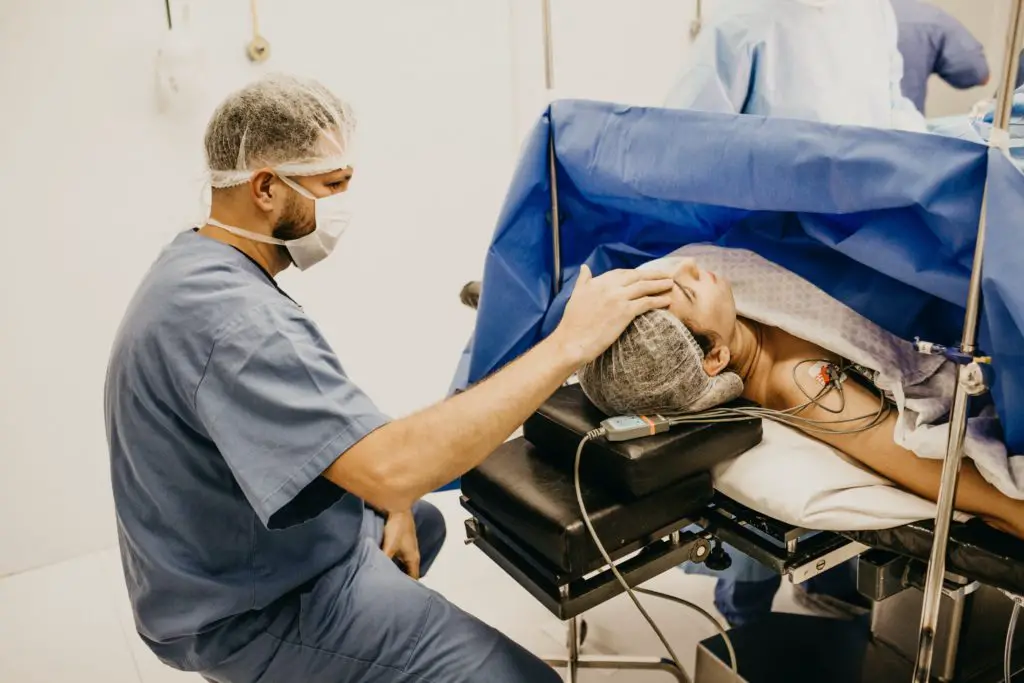What is Surgical abortion?
Surgical Abortion is the term used when surgery is done to end an undesired pregnancy.
How does it work?
Surgical Abortion involves dilatation of the cervix and insertion of a suction tube into the uterus. Suction is used to remove the fetal and placental tissue from the uterus.
What tests are done before the Procedure?
Your doctor will do:
- Pelvic examination – to confirm the pregnancy and to estimate the weeks of pregnancy.
- HCG blood test – to confirm the pregnancy.
- Blood Group test – to check your blood type.
- Vaginal or abdominal ultrasound – to determine the exact age of the fetus and its location in the uterus.
What will be done During the procedure?
Your gynaecologist will ask you to lie on the table. If you are anxious then your gynaecologist may give you sedatives to help you relax. You will be asked to rest your feet on stirrups so that your gynaecologist can see and examine your vagina and cervix. Since the cervix is a sensitive structure, your gynaecologist may numb it so that you won’t feel pain during the procedure.
Your gynaecologist will then insert dilators (small rods) in your cervix to stretch it open. Laminaria (sticks of seaweed) are sometimes used to dilate the cervix slowly. It is inserted in the cervix on the day before the procedure. A tube will be inserted in your uterus. A special vacuum will then be used to remove the fetal and placental tissue from the uterus. You may receive antibiotics to prevent the infection due to the procedure.
After the procedure, you will receive medicine for contraction of your uterus. This will help in reducing the bleeding from the uterus.
Why Surgical Abortion is done?
Surgical abortion is usually done when medical abortion fails to completely expel the fetal and placental tissue. It may be done when:
- The woman had an unexpected pregnancy and don’t want the baby yet. In such cases, Elective Abortion is done.
- Baby is suffering from some medical conditions like Genetic Defects.
- Pregnancy becomes a life-threatening condition for mother. In such cases, Therapeutic Abortion is done.
- A woman becomes pregnant due to some traumatic event like Rape.
What are the risks associated with Surgical Abortion?
Surgical abortion is safe. Some uncommon complications can occur which include:
- Perforation of the uterus with instruments
- Damage to the cervix
- Massive bleeding
- Infection of the uterus, cervix or even fallopian tubes and ovaries.
- Scarring of the uterus
- Reaction to the anaesthetic medications
In rare cases, some placental tissue may left behind. This requires another surgery.
What to do after the procedure?
Always keep the advance arrangement of your travel from hospital or clinic to home. You will be asked to stay in the wardroom for some time and will be kept under observation for some time till your anaesthetic medications wear off. Your doctor will make sure that your vitals are stable. After examination, you will then be discharged.
You may experience cramps and bleed from the uterus for some days. Cramps usually get better in 2-3 days while bleeding may take 7-10 days to stop completely. A warm bath or a hot water bottle filled with warm water placed on the abdomen may help ease discomfort. Avoid any vigorous activity for a few days. Avoid sexual intercourse for a couple of weeks.
Can you get pregnant again after Surgical abortion?
If your surgical abortion was not associated with any serious complications like damage to your reproductive organs, then yes you can get pregnant again after Surgical abortion.
Last Updated – 21st January, 2021.









